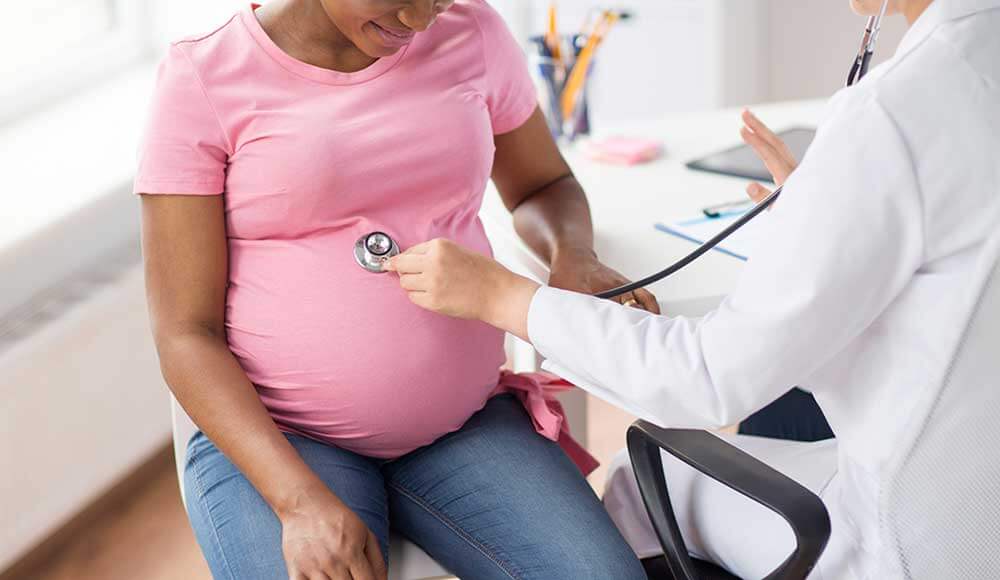New innovation to control postpartum bleeding

English scientists have made an innovation that will in future save mothers from massive loss of blood after giving birth.
This latest development after trials were carried out are published in the New England Journal of Medicine that found E-Motive is capable of reducing heavy bleeding by 60 per cent.
Postpartum haemorrhage is the cumulative blood loss of 500 millilitres or more in a spontaneous vaginal delivery and approximately 1,000 millilitres or more for caesarean section birth and a leading cause of maternal mortality.
Each year, about 14 million women experience Post Partum Haemorhage (PPH) resulting in about 70,000 maternal deaths globally.
Even when women survive, they often need urgent surgical interventions to control the bleeding and may be left with life-long reproductive disability.
E-Motive has been termed as a major breakthrough in reducing deaths from childbirth-related bleeding.
The landmark study published recently by researchers from the World Health Organisation (WHO) and the University of Birmingham defined PPH as the loss of more than 500 mililitres of blood within 24 hours after birth.
It is the leading cause of maternal mortality worldwide. It affects an estimated 14 million women each year and results in around 70,000 deaths — mostly in low and middle-income countries — equivalent to one death every six minutes.
Researcher Bethuel Kinuthia says in Kenya, postpartum haemorrhage accounts for 34 per cent of maternal deaths in Kenya.
The WHO guidelines on postpartum haemorrhage are not always followed despite being prominently promoted in hospitals, says Kinuthia.
In her study Doris Mumbi Muthoni recommends the need to train midwives on skills of PPH management to prevent postpartum hemorrhage. “Postpartum haemorrhage is scary, not always predictable, but absolutely treatable. Nonetheless, its impacts around the world are tragic,” said Dr Pascale Allotey, Director of Sexual and Reproductive Health and Research at WHO.
“Effective solutions to tackle postpartum bleeding need to be available and accessible so that all women can experience a safe birth and a healthy future with their families,” said Dr Allotey.
The study, which involved over 200,000 women in four countries, found that objectively measuring blood loss using a simple, low-cost collection device called a ‘drape’ and bundling together WHO-recommended treatments — rather than offering them sequentially — resulted in dramatic improvements in outcomes for women.
When severe bleeding — when a woman loses more than a litre of blood after birth — was reduced by 60 per cent, women were less likely to die.
There was also a substantial reduction in the rate of blood transfusions for bleeding, which is of particular importance in low-income countries where blood is a scarce and expensive resource.
“This new approach to treating postpartum haemorrhage could radically improve women’s chances of surviving childbirth globally, helping them get the treatment they need when they need it,” said Professor Arri Coomarasamy, who led the trial and is the Co-Director of the WHO Collaborating Centre on Global Women’s Health at the University of Birmingham.
“Time is of the essence when responding to postpartum bleeding, so interventions that eliminate delays in diagnosis or treatment should be gamechangers for maternal health.
“Currently, a major challenge in responding to PPH is that it is often detected too late to respond effectively,” he added.










